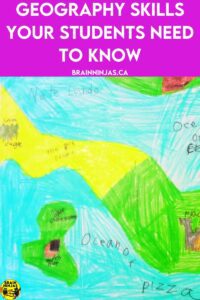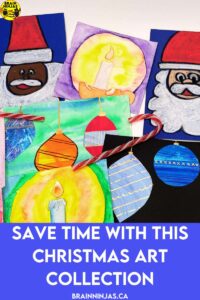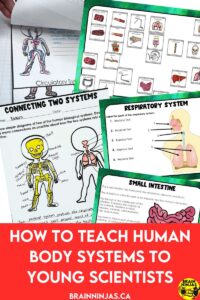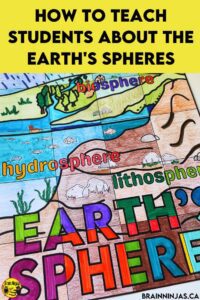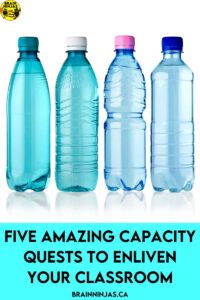
Teaching students how to calculate capacity using metric units is an essential skill in mathematics and in life. If you’ve ever tried to put your leftovers in the wrong container, you know it’s important to be able to use referents and measure containers properly. Finding resources that measure capacity in metric units can also be a challenge for teachers in Canada, but we have you covered. Learning about capacity is more than just using formulas. Come learn some of the ways we teach this measurement concept in our upper elementary classroom.
[Read more…] about Five Amazing Capacity Quests to Enliven Your Classroom